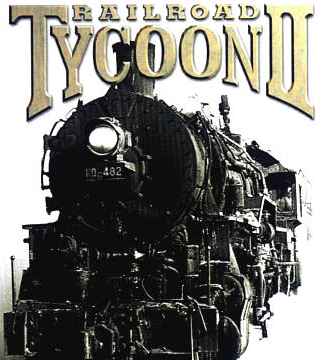 Today at Web 2.0 Expo in San Francisco, Adobe CTO Kevin Lynch took the stage to talk with O’Reilly’s Brady Forrest. This was maybe the most heavily anticipated talk at the event due to the quickly evolving feud between Adobe and Apple. And Lynch didn’t dance around the topic — in fact, he brought it up (indirectly) before Forrest even asked. We have a full recap of the conversation here, but I wanted to focus on one thing in particular that Lynch said.
Today at Web 2.0 Expo in San Francisco, Adobe CTO Kevin Lynch took the stage to talk with O’Reilly’s Brady Forrest. This was maybe the most heavily anticipated talk at the event due to the quickly evolving feud between Adobe and Apple. And Lynch didn’t dance around the topic — in fact, he brought it up (indirectly) before Forrest even asked. We have a full recap of the conversation here, but I wanted to focus on one thing in particular that Lynch said.
“Why can’t you do that with any phone? If you look at what’s going on now, it’s like railroads in the 1800′s,” Lynch said. “People were using different gauged rails. Your cars would literally not run on those rails,” he continued.
What he means by that, of course, is that Apple’s iPhone platform makes developers use their own native code (their “gauge,” as it were). This code doesn’t play nicely with the other mobile devices out there. Adobe came up with a solution that it thought would correct this — and Apple blocked it (or, more precisely, blocked the apps built using this tool). Obviously, Adobe isn’t too pleased with this.
But Lynch’s choice to compare this to the railroad is interesting. On one hand, the comparison argues for a unified system, which makes sense to a lot of people. From Wikipedia, “Originally, various gauges were used in the United States and Canada. Some railways, primarily in the northeast, used standard gauge; others used gauges ranging from 4 ft (1,219 mm) to 6 ft (1,829 mm). Problems began as soon as lines began to meet.”
On the other hand, mobile applications are hardly rail lines. They are not vital to transportation, and more importantly, shipping in this country. Lynch also conveniently leaves out one of the main reasons that the gauges were unified — because of the Pacific Railway Act of 1863. This specified that federally-funded railroads (the kinds being built to traverse the country) were to use standard gauge.
So by that rationale, a federally-funded App Store may be needed to get Apple in line. And supposedly, Adobe is asking the government to get involved.
The problem with this is that there are at least a dozen more pressing issues in the wireless industry that the government should be looking to first. For example, why do only a handful of companies control the vast majority of the spectrum in this country? (Yes, the “open” spectrum will supposedly address some of this, but that remains to be seen.) Why is it so hard for customers to switch between carriers? Why on Earth do these carriers charge $0.10 to $0.20 for text messages that cost them next to nothing. Why are certain phones (like the iPhone) restricted to certain carriers? The list goes on and on.
Adobe is comparing the iPhone to a railroad, but the problem is that there are many reasons that all of the “railroads” in this country aren’t unified. And it’s not exactly clear why they need to be when private companies are involved.
Further, having just come back from Japan, I realize the poor state of the rail system for transportation now in the U.S. In Japan, there are many types of rails, all privately-owned and operated since 1987. For the most part, they don’t interconnect. And you know what? They’re a hell of a lot better than what we have here. There would be no shinkansen (the so-called “bullet train”) if it had to run on the same lines that the other trains run on.

